AI FOR UX/UI DESIGNERS COURSE
MONDAYS & WEDNESDAYS
5 PM PT / 8 PM ET
AI FOR UX DESIGNERS
25 FEB 2026 - 20 APR 2026
DURATION:
9 WEEKS
MONDAYS & WEDNESDAYS
5 PM PT / 8 PM ET
Learn to integrate AI tools into your design process – and create enhanced, ethical, and user-centric experiences.
Rich Hultman, a UX pro with 20 years in customer experience design, will equip you with the knowledge and skills to thrive in today’s evolving digital landscape.
THIS COURSE IS FOR YOU, IF...
-
YOU ARE A UX DESIGNER, UX RESEARCHER, OR PRODUCT DESIGNER
Give yourself the AI edge to stay ahead. Harness tools like Figma, Midjourney, and ChatGPT to boost brainstorming, automate tasks, and more. Master the language and concepts of the AI UX industry, so you can lead pro discussions with stakeholders. Whether you're aiming for a promotion, building your portfolio, or keeping up with trends, we’ve got you covered.
Our students work in 1600+ companies worldwide
- Sr. UX Designer for the world’s top brands, including IBM, LifeTime, Best Buy, Target, Comcast, General Electric, and more.
- Has 20 years in customer experience design.
- Leads AI use cases and implementations, designing Virtual Assistants, Automation, and Prediction experiences.
- Presents at local and national conferences, including Applied AI Conference, SPR, Chatbot Virtual Summit, 2020 Business Voice Conference, and more.
- Won multiple awards, including 1st Place Tech Blue Award for Video Chat Sales Experience.

Welcome to the course — let’s kick things off by meeting your instructor, mapping out the course, and peeking into your final project. Think of this as your UX/UI x AI orientation.
- Meet your instructor
- Course structure & final project overview
- The role of AI in UX/UI design
- AI tools for designers: Current landscape
Assignment #1: AI Exploration
Research AI-powered websites or apps with chat interfaces. Audit UI components and map out the user flow for a virtual assistant.
Get your head around what AI means for UX/UI design — all the essentials, from LLMs to AI agents. We’ll explain how these tools can supercharge your creative flow (and how to use them responsibly). Bonus: you’ll walk away with your own AI-powered brainstorming prompt, ready to go.
- What is AI? Understanding AI for UX/UI designers
- Improving brainstorming & prompting as a designer
- Workshop: Generative AI breakout session
Discover how to skip the grunt work and let AI do the heavy lifting — from layouts to color palettes — so you can focus on the creative stuff. We'll look at real tools, real workflows, and how to make them work for you, not against you.
- Key AI tools for designers
- ChatGPT, Gemini, Midjourney, Uizard / Galileo AI / Framer AI
- Automating repetitive design tasks with AI
- AI-Powered design systems & libraries
- Case study: AI-assisted design tools in action
Learn how to make sense of what users really want. This session dives into AI-powered research tools that cut through the noise, spot the patterns, and help you design with sharper insights and fewer guesswork detours.
- Using AI to analyze user data (e.g., user behavior, heatmaps, analytics)
- Tools like MonkeyLearn and Neurons for user sentiment analysis
- Workshop: Integrating AI into user research for insights
Assignment #2: Qualitative Study & AI Analysis
Run a user study and analyze the data with AI. Summarize key insights, identify user mental models, and suggest improvements.
Tap into AI to fast-track your ideas from napkin sketch to wireframe. This session is all about generating smart layouts, playful variations, and prototypes that don’t just sit pretty — they think ahead.
- AI-powered tools for rapid wireframing & prototyping
- Framer, Uizard, Figma AI
- Generating wireframe designs using AI
- Workshop: Creating wireframes for your AI infused assistant
Assignment #3: AI-Generated Wireframes
Use AI to create three wireframe variations for an AI assistant. Define the user’s goal, interaction flow, and next steps.
Learn how AI reads the room and then designs for it. In this session, you’ll understand how personalization algorithms shape user experiences, experiment with smart tools, and use generative AI to build interfaces that actually get your users.
- Understanding personalization algorithms & how they improve UX/UI
- Tools for implementing personalization: Figma Plugins, Neurons
- Workshop: Designing personalized user interfaces using AI
Level up your visuals. In this class, you’ll use AI to fine-tune color palettes, match fonts, and build out bold, consistent design systems without staring at a blank canvas for hours. We’re talking smarter design, faster.
- Color palette & font generation exploration
- Generating design variations with AI tools: DALL-E for creative visual elements
- The value of generating visual content
- Workshop: Using Figma to generate a style guide
Assignment #4: AI-Driven Style Guide
Create or update a style guide with AI, either by adapting existing designs or starting from scratch. Show iteration and improvement.
Get hands-on with AI tools to test how users use your designs — think heatmaps, A/B tests, and smart feedback. You'll learn how to tweak your interface like a pro, based on what the data (not just your gut) says.
- Conducting usability tests with AI tools: Attention insight, heatmaps
- AI-powered A/B testing for design decisions
- Workshop: Usability & iterating based on AI feedback
Assignment #5: Usability Testing with AI
Prototype with AI wireframing tools, conduct 2-3 usability tests, and gather user feedback to refine your design.
See how AI can get teams talking — learn how designers, developers, and data scientists team up using shared tools, visuals, and a bit of predictive magic to build smarter design solutions.
- Working with developers and data scientists using collaborative tools
- How visuals & solutions diagrams align teams & stakeholders
- How designers & AI engineers work together
- Case study: AI methods use case: Implementing ML & predictive AI
Assignment #6 (optional): Collaborative Design with AI
Partner up to create a shared design using AI tools. Reflect on what worked best and analyze the speed and quality of the tools used.
Let’s discuss ethical design principles when using AI. We'll discover how fairness, transparency, and privacy shape smart, responsible AI design that people can trust.
- Ethical considerations for AI in design: Bias, transparency, privacy
- AI principles & designing for trust with AI
- Workshop: Identifying ethical AI-enhanced design features
Learn how to turn your own data into custom design elements — without crossing any ethical lines. You'll explore how to keep things personal and private while using AI tools to create content and personas that reflect you.
- Use AI tools to generate content from your own data
- Create AI-enhanced personas based on your data & creative needs
- Demo: Using ChatGPT/Claude to generate tailored content based on your design data & assets
Assignment #7: Custom UI Components with AI
Input your design data into AI tools to generate unique UI components. Reflect on ethical concerns and privacy practices.
Get to know how AI thinks so you can design smarter. You’ll learn to build user flows using generative AI prompts and rethink your process with future-ready tools.
- Exploring AI tools to improve your design process: Defining & ideation
- AI and the future of UX/UI design
- Workshop: Creating a user flow with Generative AI prompts
Assignment #8 (optional): A Day in the Life of a Designer Using AI
Track your day as a designer, using at least four AI tools. Identify goals, bottlenecks, and automation opportunities, then evaluate your success.
Get hands-on with next-gen AI tools in UX/UI — from predictive design that knows what users want, to AR/VR experiences that feel like magic. We’re talking hyper-personalization, smart interfaces, and seriously cool real-world case studies.
- Explore AI for advanced personalization: Hyper-personalization & predictive design
- Integrating AR/VR with AI for next-generation user experiences
- Demo: Hyper-personalization with Predictive UX
- Case study: Cutting-edge AI trends in UX/UI design
Get sharp at pitching your AI-powered UX/UI ideas, handling tricky stakeholder questions, and making your presentations click. This session’s all about real talk, real feedback, and real-world-ready decks.
- How are your stakeholders adapting to AI?
- Effective communication in high-profile & uncertain AI projects
- Addressing stakeholder concerns in AI-driven UX/UI projects
- Workshop: Stakeholder simulation: Pitch your Virtual Assistant
Show off your final AI-infused project, spotlight your problem-solving chops, and walk us through how you tackled a real-world challenge. Then, soak up feedback and see how your ideas hold up outside the classroom.
- Capstone project presentation
- Peer and instructor feedback
And again — it’s time to show what you've built and how your AI skills solve something real. Present, get feedback, and think about how your project would hold up outside the classroom.
- Capstone project presentation
- Peers and instructor feedback
Assignment #9: AI Design Retrospective
Document your AI design journey: highlight three key takeaways, skills to improve, and create an action plan for showcasing your skills to hiring managers.
Time to connect the dots — reflect on what you've learned, spot where AI design can take you next, and fine-tune a portfolio that shows what you can do. Bonus: you’ll walk away with a real-world use case starring you.
- Select action plans from Assignment #9
- Exploring opportunities in AI-enhanced UX/UI design
- Building & improving your portfolio with AI
- Demonstrate your skills as a client zero use case
Final Project: AI-Powered NLP Interface
Design and prototype the user experience for an infused virtual assistant tailored to a specific industry (e.g., healthcare, e-commerce, education) by leveraging AI tools throughout your UX workflow. This includes using AI for user research analysis, ideation, content generation, wireframing, and usability testing.
What our students say

"I really enjoy the format of the course. Lectures with real life examples and an ongoing case study. Also built in 20 minutes at the end of each class for questions is helpful."

"Overall I'm impressed with the level of detail and explanation around particular topics and subjects. There's a real depth to each module which for learning allows the information to stay in your brain."

"The group activities, they allow us to interact and exchange ideas, plus the way it is structured is challenging and mind twisting as we collaborate in different parts of the ideation."

"I enjoyed the structure of the class. I like how we learned about a topic and practiced it in the workshops. It’s helped me to apply what I learned!"












